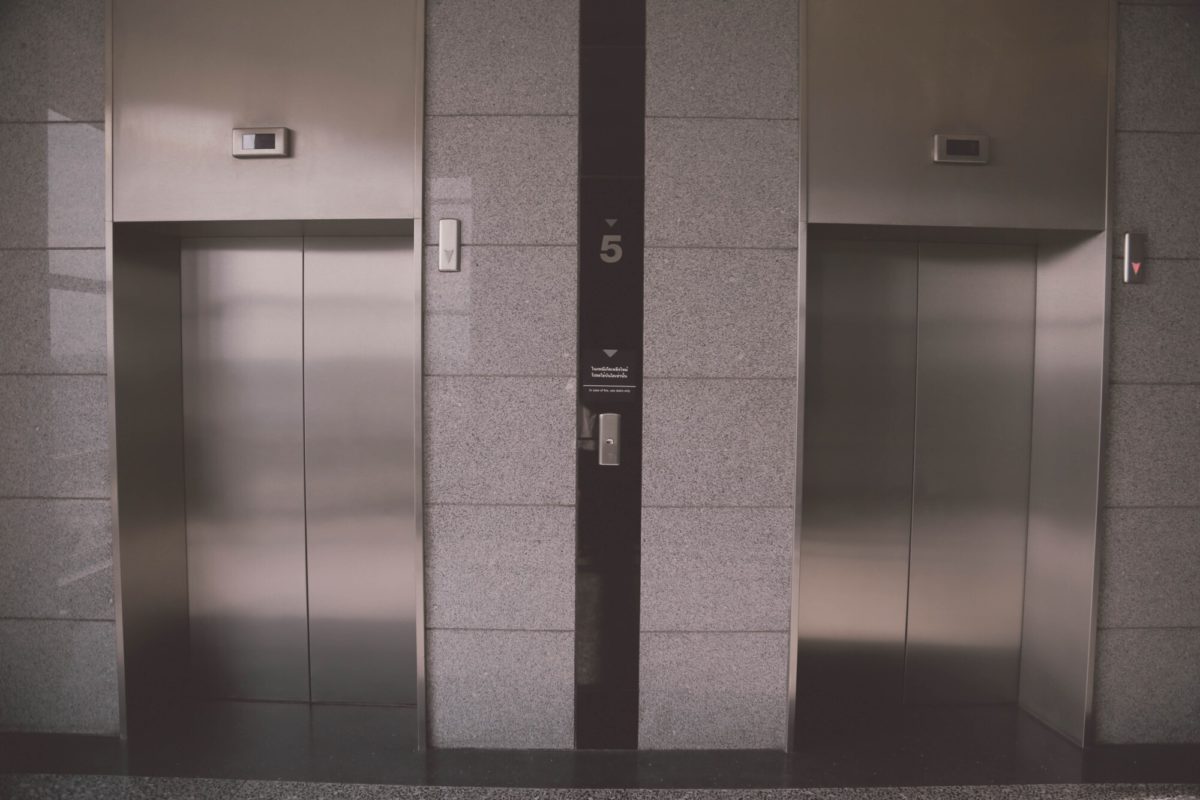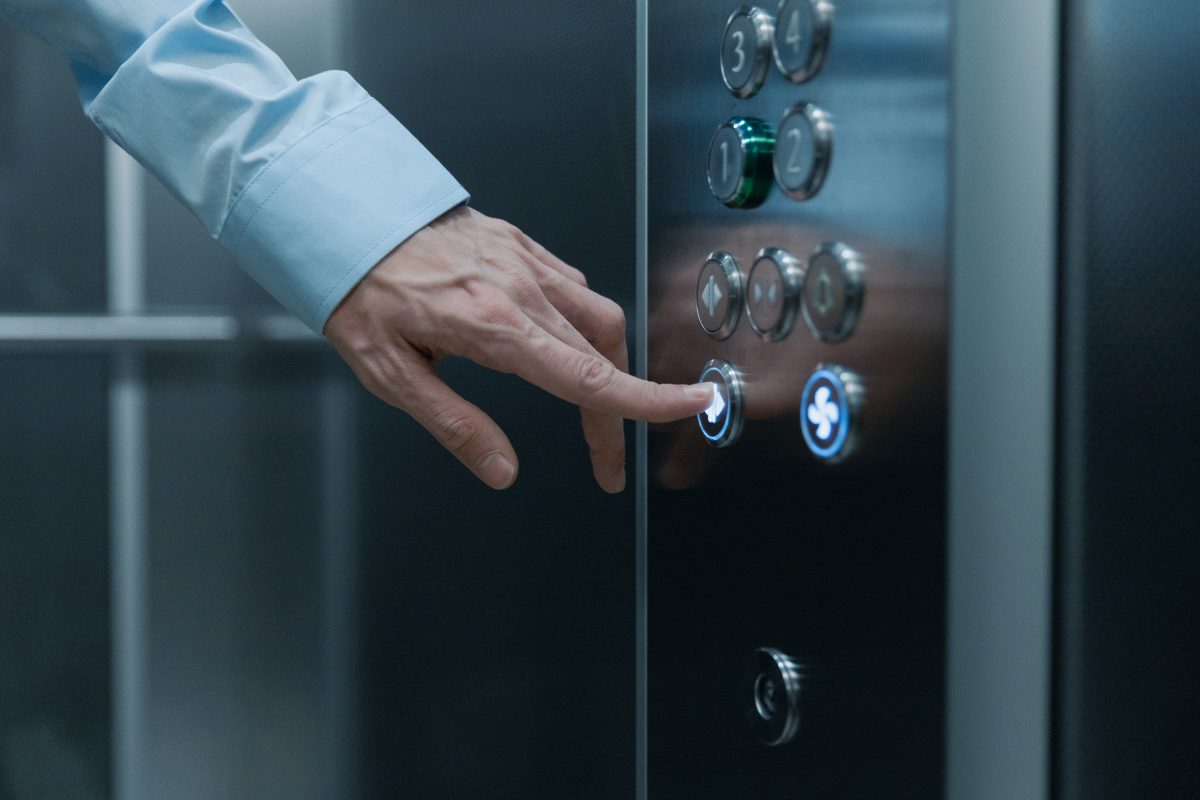The dumbwaiter market is set to rise to $972 million by 2023. These small elevators are vital in many hospitality and catering businesses, but you need to know about dumbwaiter repair to keep them safe to use.
Dumbwaiters share most of the same technology as elevators, and they require the same level of elevator maintenance. If you are new to dumbwaiter repair 101, it can be tricky to spot issues.
Wait too long, and your dumbwaiter could cease to function or even become dangerous.
Our dumbwaiter repair guide can help you spot issues. Read on to learn more!
1. Noisy Operation Is a Sign You Need Dumbwaiter Repair
Dumbwaiters should operate in near-silence. Many of them link noisy kitchens with upper catering floors, and with all the racket of cooking, a clanging, grinding dumbwaiter is the last thing you need.
Parts of your dumbwaiter will wear over time, and if you use it a lot, you need to keep your ears pricked for unpleasant sounds. Moving parts may need some lubrication, but if the problem is more serious, you may need to book a replacement service.
Cost-effective elevator maintenance gives you peace of mind. Friction and worn parts can become dangerous, and you will save money and stress if you repair an elevator early.
2. Loss of Efficiency
Smooth operation is key for dumbwaiters, and they can be a cost-effective way to transport goods between levels. If you notice your dumbwaiter is moving slower than normal, jerking as it moves up, or even stalling, it is time to book a dumbwaiter repair.
Depending on the cargo, jerky motions can damage goods or even make them fall. This could cause injury if they move off the platform and down the shaft. Spotting jerking motions or stalls can help you avoid a breakdown – in most cases, if this happens, you will have to replace your dumbwaiter.
Try timing your dumbwaiter as it lifts with and without cargo. Does your dumbwaiter or elevator guide cargo with ease?
Keep the weight consistent and watch to see if it slows over time. Slow operation means it is time for an inspection and dumbwaiter repair.
3. The Doors Strain to Open
The doors of your dumbwaiter should work as smoothly as the dumbwaiter itself. They should open and close symmetrically and in near-silence. When your dumbwaiter doors struggle to open, jam, or sit crooked, a dumbwaiter repair is in order.
Doors can become dangerous and even trap hands if dumbwaiter repair is neglected. Regulations must be followed if you want to stay compliant. Slow doors will slow your business operations, and over time this could result in financial losses.
Test your dumbwaiter doors at regular intervals, and if you notice anything strange, book an inspection to check the mechanism.
How to Find a Dumbwaiter Engineer Near You
Dumbwaiter repair keeps your business in safe working order. By knowing what to look for, you can spot problems early, fixing them before they get worse!
Keystone Elevator Service & Modernization can take care of everything for you. Based in Weymouth, MA, our team offers 24-hour services, installation, repair, and preventative fixes. We work with both commercial and residential customers across Massachusetts, Rhode Island, New Hampshire, and Maine.
Our team is fully licensed, experienced, and expertly trained. We have served the area since 1995, and we always put you first.


